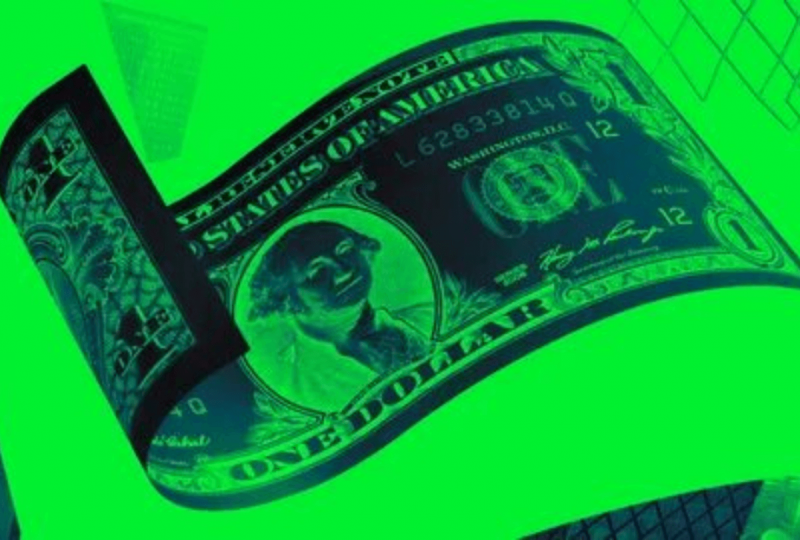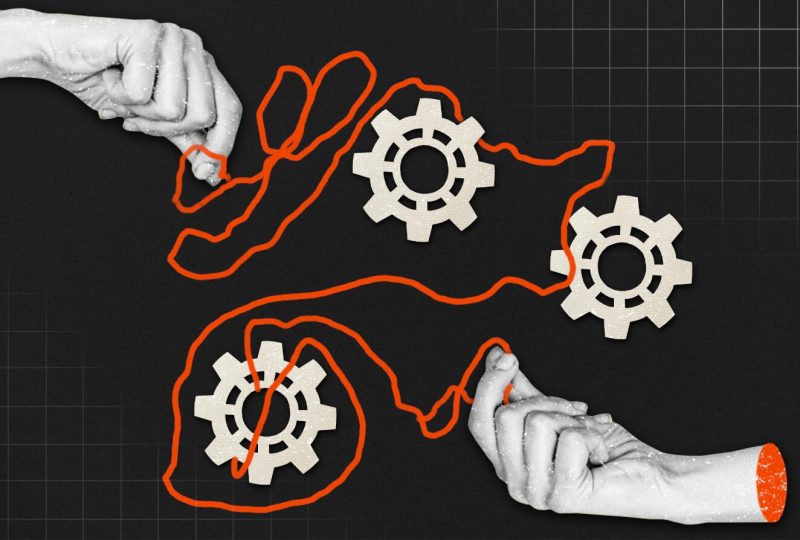Crypto, Stablecoin Boom Make Digital Dollar Push More ‘Urgent’: Treasury Official
Feb 14, 2022

The development of digital currencies, one of the most significant financial phenomena in recent years, has increased the pressure on authorities to establish more control over the industry while safeguarding investors.
The growing acceptance of virtual money has heightened the urgency of developing a central bank digital currency (CBDC), particularly as a multi-agency discussion over cryptocurrency regulation expands.
"We fully welcome an immediate examination of CBDC," Treasury Under Secretary for Domestic Finance Nellie Liang commented.
"There are several implementation options, all of which have significant ramifications for the financial system. We are committed to supporting the effort in this area on all fronts."
Liang's comments, delivered just before her hearing before the House Financial Services Committee on Tuesday to discuss stablecoin regulation, are among the first from the Biden administration about a CBDC. Previously, a Presidential Working Group (PWG) suggested treating stablecoin issuers as banks but left the decision to Congress.
According to the source, a Federal Reserve coin would likely dictate how stablecoins live alongside a CBDC, which she feels is possible. Nonetheless, Liang said that it is conceivable for a CBDC to substitute stablecoins, depending on the qualities the central bank chooses for it if it decides to create one.
"Our objective with the PWG document was to ensure that the private stablecoin is really stable and capable of functioning as a steady unit of value," Liang explained. "However, there are concerns about how it will cooperate with the CBDC in the future and if it is the optimum financial system."
However, Liang asserts that it might take years before a hypothetical virtual dollar is launched while stablecoins are now operational. Authorities have little option but to control them in their existing form, lest they grow into a systemic danger to the economic system.
The Fed is now weighing the advantages and disadvantages of establishing a CBDC after the publication of analysis in January. Experts speculate on the potential influence on stablecoins and the finance sector.
According to Chainalysis, a virtual dollar could have a significant advantage over non-CBDC stablecoins, as a CBDC would have "nearly zero credit and liquidity risk and would be the most attractive form of assets, particularly in times of market volatility when a financial organization's trustworthiness may be questioned."
The money market problem
The Treasury is considering stablecoins as a transaction method. Liang highlighted that stablecoins mix a bank-like product with a securities product; however, investors do not invest in stablecoins for the return on assets they would receive since stablecoins do not pay interest as money market funds do.
"The SEC's money market fund laws are intended to protect investors, not to assure that the payment scheme functions properly at all times," Liang points out. "So that's a critical contrast between a stable currency and the money market."
Liang, though, maintained that Treasury is not taking a position on whether stablecoins are securities or commodities, but rather on whether they contain "the characteristics of a payment instrument, currency, a security, or a commodity."
That is why, after evaluating the possible hazards associated with stablecoins being used for transactions, it is unsurprising that there are holes in the present regulatory system."
While the openness of the assets underpinning stablecoins is critical, Liang said that it is insufficient to prevent stablecoin runs. She cited examples in 2008 (during the financial crisis) and 2020 (with the pandemic of COVID) when money market funds watched shareholders flee the industry. "Capital restrictions may be reduced for stablecoin issuers who back their coins with high-quality assets," Liang added. If stablecoins created coins just for payment purposes and did not make commercial loans in the same way that a commercial bank does, they may be subject to a distinct regulatory system.
"Therefore, there is some wiggle room in the plan. According to Liang, based on the quality of holdings and capital and liquidity rules applicable to a stablecoin issuer, they may not require deposit protection.
Democratic and Republican legislators pressed Liang in Tuesday's Congressional session on the best way to control stablecoins but reached no agreement on the subject of regulating them as bank products. Both sides raised a variety of issues, ranging from reserve quality to disclosures and liquidity needs.
However, others believe the conference will pave the path for Democrats to introduce measures addressing reserves and issuers this spring.
"Given Democrats' majority in the House, it should pass out of this committee and through the entire House," Cowen analyst Jaret Seiberg said.
"However, it will not exert any weight on the Senate to react since we see this as a political effort. This is why we are progressively seeing the door shutting on stable coin regulation," he continued.




